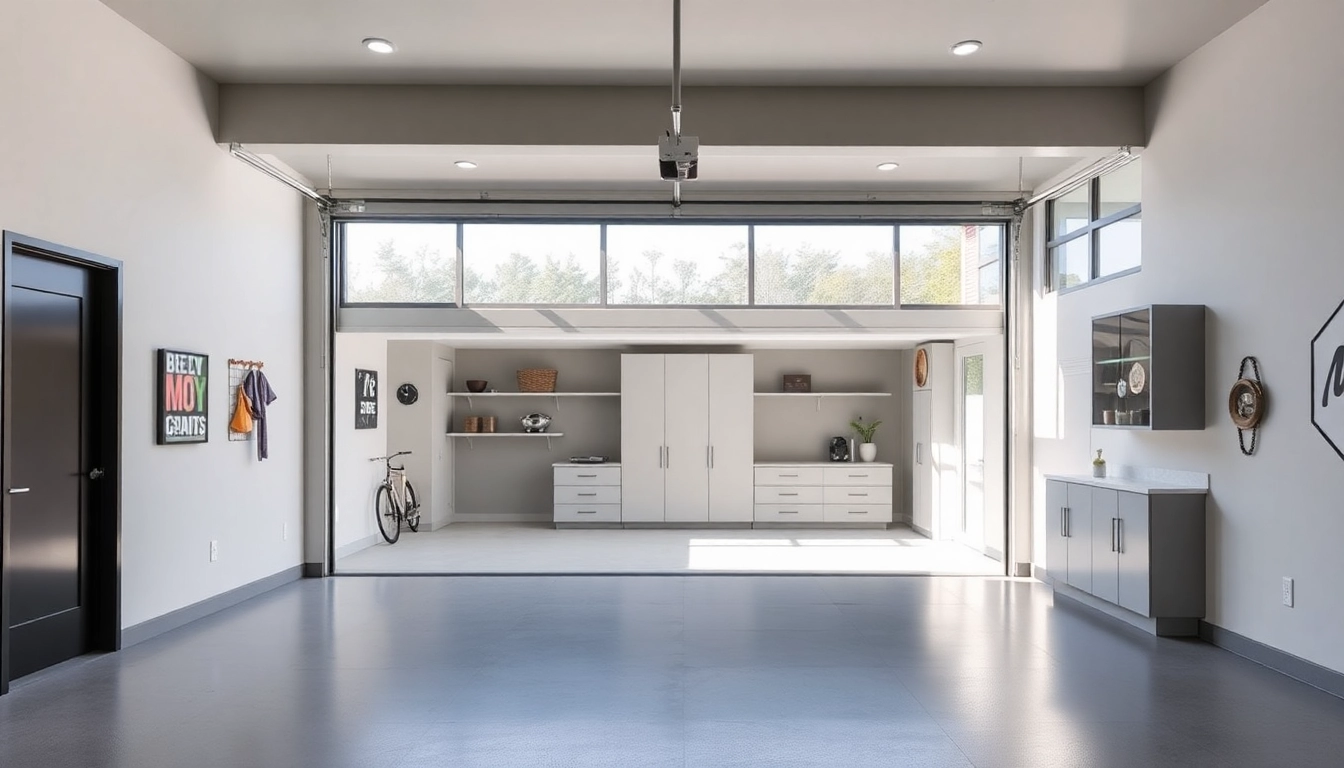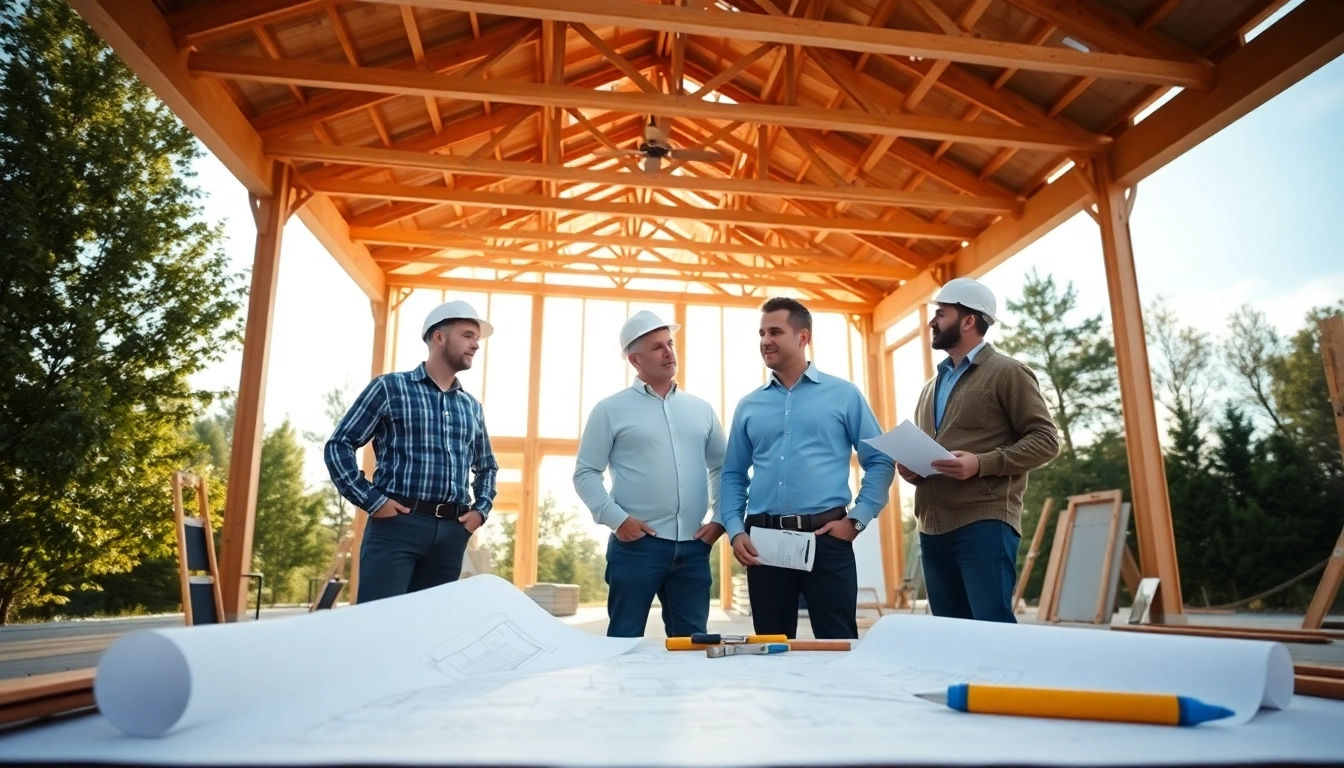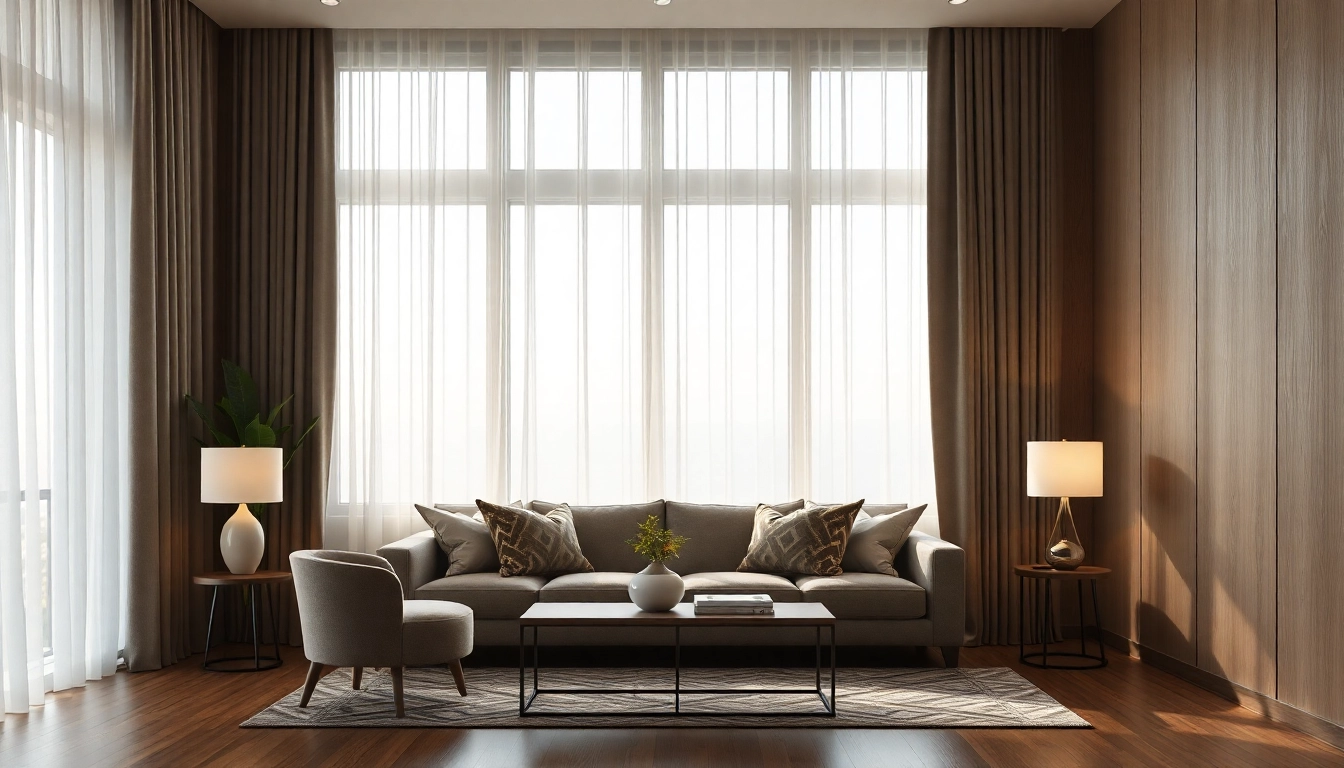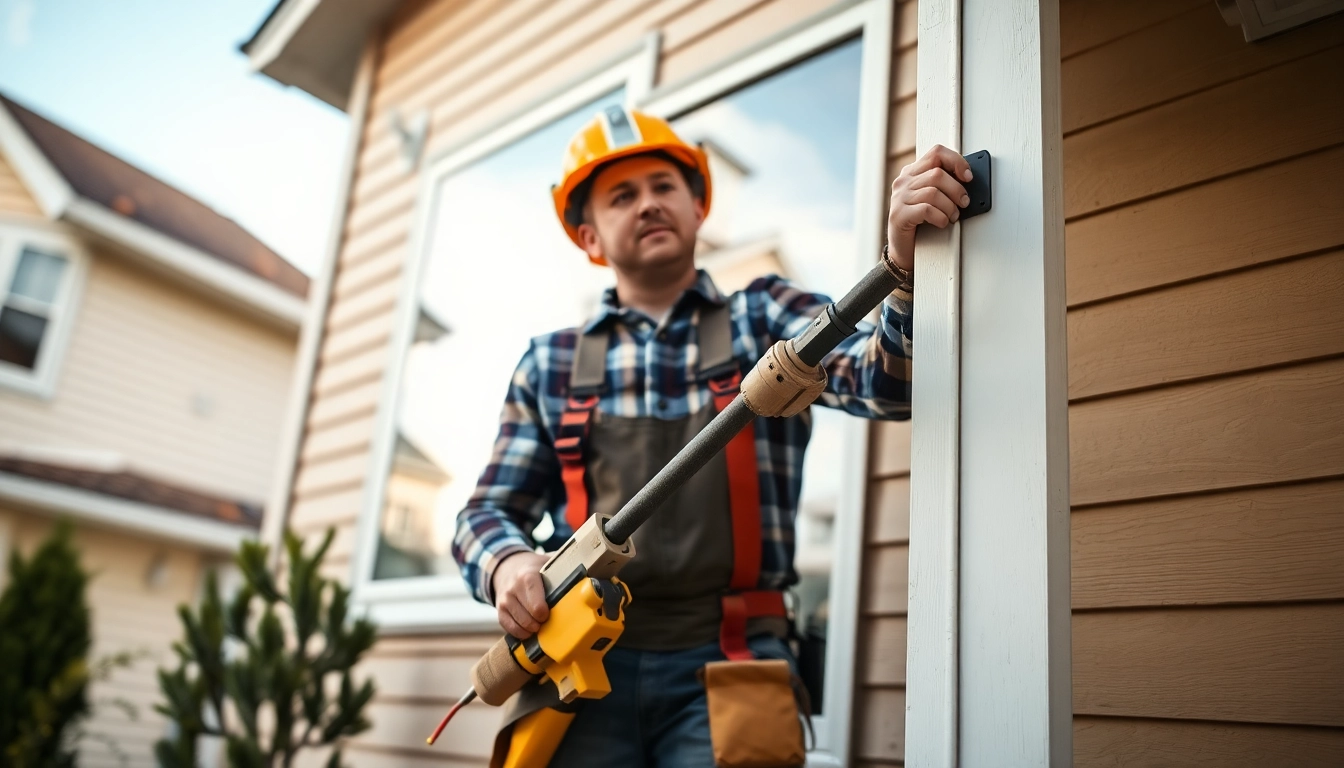1. Understanding Custom Garages: What You Need to Know
1.1 Overview of Custom Garages
Custom garages offer a tailored solution for homeowners seeking to enhance their property with a functional and aesthetically pleasing space. Unlike traditional garages that often come with standardized designs and features, custom garages allow for personalization based on individual preferences, needs, and potential uses. Whether you need a space to park your vehicles, store tools, or even design a workshop, the versatility of custom garages makes them an appealing investment. Custom garages can be constructed in a variety of styles and can include features like higher ceilings, specialized door designs, and integrated storage solutions that cater to your specific requirements.
1.2 Benefits of Custom Garages
Opting for a custom garage has several significant advantages:
- Personalization: Homeowners can choose the layout, design, and features that best meet their requirements, from colors and materials to size and configuration.
- Increased Property Value: A high-quality custom garage can enhance the overall appeal and value of your property, making it attractive to potential buyers in the future.
- Versatility: Depending on your lifestyle, a custom garage can serve multiple purposes, such as a workspace, gym, or extra storage area, beyond just housing vehicles.
- Enhanced Functionality: Features such as built-in storage, workbenches, and reliable lighting can make your garage more functional than standard models, allowing for a more organized and efficient space.
1.3 Custom Garage Options and Features
When considering a custom garage, several design options and features can be implemented, including:
- Different Styles: Choose from contemporary, traditional, rustic, or modern designs that complement your home’s architecture.
- Flooring Choices: Explore various flooring options, such as epoxy, tiles, or concrete, which can enhance aesthetics and functionality.
- Integrated Storage: Install shelving, cabinets, and overhead storage to maximize space usage.
- Smart Technology: Incorporate smart garage door openers and security systems to enhance convenience and security.
- Windows and Lighting: Natural light can significantly improve the garage’s working atmosphere through strategically placed windows or overhead skylights.
2. Planning Your Custom Garage: Key Considerations
2.1 Identifying Your Needs
Before embarking on a custom garage project, it is crucial to identify your specific needs. Consider the following questions:
- How many vehicles do you need to accommodate?
- Will the garage serve multi-functional roles, such as a workshop or storage space?
- What features are most important to you, such as ventilation, electrical outlets, or storage options?
Your responses will guide the design and construction process, ensuring that the final product aligns perfectly with your expectations.
2.2 Budgeting for Your Custom Garage
Creating an effective budget for your custom garage involves a detailed analysis of costs. Start by estimating expenses like:
- Land preparation and grading
- Foundation work
- Materials for construction
- Labor costs
- Permitting fees
- Additional features such as insulation and electrical systems
It’s wise to set aside an additional 10-20% of the total budget to cover unexpected costs that might arise during construction.
2.3 Choosing the Right Location
The placement of your custom garage plays a critical role in its functionality and ease of access. Here are some factors to consider:
- Proximity to the Home: Select a location that is easily accessible from your home for convenience, especially during adverse weather conditions.
- Local Regulations: Familiarize yourself with zoning laws and building codes in your area, as these regulations can affect where you can build your garage.
- Space for Expansion: Consider leaving enough space for future expansion or additional structures such as sheds or workshops.
3. Design Inspirations for Custom Garages
3.1 Exploring Different Styles
Designing a custom garage can be an exciting process that allows you to express your personality. Some popular styles include:
- Modern: Clean lines, large windows, and sleek finishes characterize modern garages.
- Traditional: Classic designs that incorporate bricks and wood, often harmonizing with older homes.
- Rustic: A cozy feel with natural materials like wood and stone, ideal for rural settings.
3.2 Functional Layouts for Optimal Use
Efficient layouts are essential for maximizing the usability of your garage. Consider features like:
- Workbenches: Plan for a designated area with a sturdy workbench for on-hand projects.
- Storage Solutions: Create a layout that promotes easy access to frequently used items, making the most of vertical space through shelving or hooks.
- Vehicle Placement: Ensure that your garage can house vehicles comfortably, allowing for doors to open fully without obstruction.
3.3 Incorporating Personalized Details
Custom touches can elevate the look and feel of your garage. Think about personalizing with:
- Custom Paint Colors: Match or complement the main color of your home.
- Personal Artwork: Displaying artwork specific to your interests or hobbies can make the space feel truly yours.
- Themed Decor: Whether it’s automotive-themed elements or tools arranged artistically, decor reflects your personality.
4. Building Your Custom Garage: The Process
4.1 Selecting a Reliable Builder
Choosing the right builder is one of the most crucial steps in your custom garage project. Consider the following factors:
- Experience and Reviews: Look for builders who specialize in custom garages and have a strong portfolio and positive customer feedback.
- Clear Communication: Your builder should have excellent communication skills, ensuring they understand your vision and keep you updated throughout the project.
- Licensing and Insurance: Ensure the contractor is licensed and insured to protect yourself from liabilities.
4.2 Navigating Permitting and Regulations
Before construction can begin, it’s important to navigate the local government requirements:
- Building Permits: Most areas require permits for construction work. Check with your local building office for the necessary paperwork and procedures.
- Setback Requirements: Understand how close you can build to property lines or other structures, as regulations vary by location.
4.3 Managing the Construction Timeline
Once you have selected a builder and obtained permits, managing the construction timeline will be essential to ensure the project stays on track. Key steps include:
- Regular check-ins with the builder to discuss progress and address issues promptly.
- Setting milestones to keep the project on schedule; for example, establishing completion dates for different stages of construction.
- Preparing for potential delays by having contingencies in place, whether for weather conditions or supply chain disruptions.
5. Enhancing Your Custom Garage: Finishing Touches
5.1 Choosing Flooring and Finishes
Selecting the right flooring and finishes will not only enhance the garage’s look but also its durability. Some popular flooring options include:
- Epoxy Coating: Provides a shiny, easy-to-clean surface and is highly resistant to stains and spills.
- Vinyl Tiles: Offer a wide range of colors and designs, making it easy to customize your garage.
- Concrete Staining: An effective way to improve the appearance of existing concrete while providing durability.
5.2 Installing Storage Solutions
Maximizing your garage’s organization is crucial. Consider incorporating:
- Wall-Mounted Shelves: Using vertical space for additional storage without occupying floor space.
- Cabinets: Installing cabinets allows for concealed storage of tools and seasonal items, keeping the garage tidy.
- Overhead Storage Racks: Excellent for storing less-frequently used items such as holiday decorations.
5.3 Adding Personalization and Decor
Finally, personal touches make your garage feel like home. Ways to personalize include:
- Wall Decor: Hang your favorite tools or photos that inspire your projects.
- Functional Accessories: Creative use of organizers for the workbench or themed decorations can add character
- Lighting Options: Adding different light sources, such as pendant lights or LED strips, improves both functionality and ambiance.



